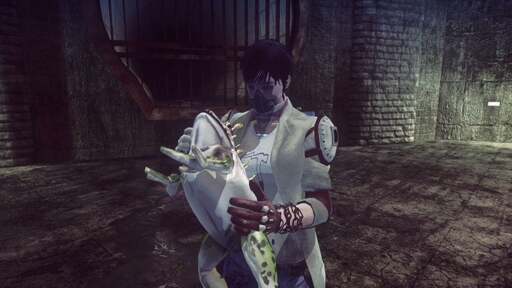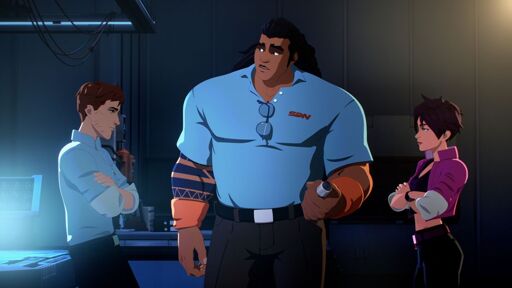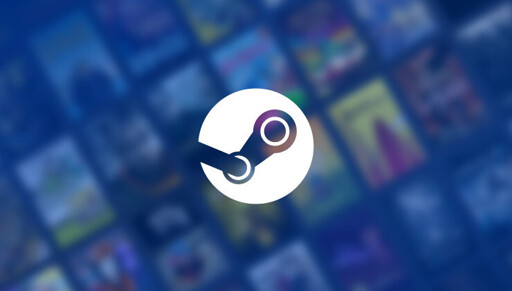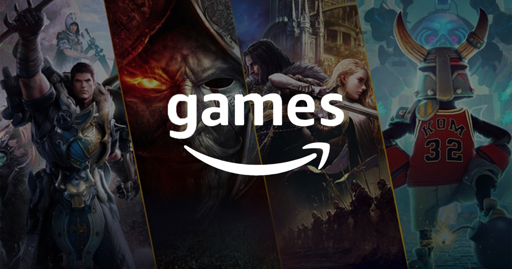

If it’s anything at all like the recommendation algorithm that Netflix popularized, it’s that they have tags in common (maybe even as simple as “online multiplayer” if they set a threshold on some value too low) and that people who played one had a decent enough overlap with people who played the other.








It’s probably easier if I just list the titles. I’ve already got them ranked. I enjoyed all of these games, and none of them were stinkers.